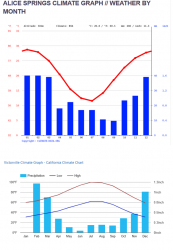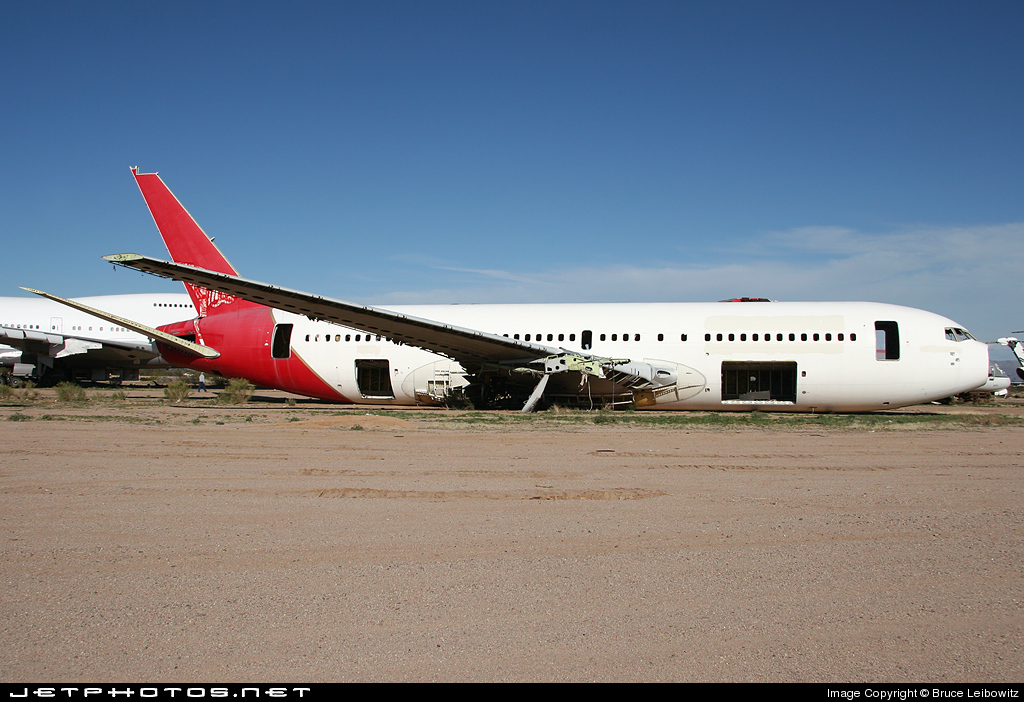What goes on behind the scenes with pilots not being able to operate flights (eg. due to sudden sickness when they're already at the airport) and airlines having to find replacements? Noting legal hours, is it frequent to grab a pilot who was meant to do say SYD-BNE-CNS return later in the day and draft them in to do SYD-MEL-HBA instead? Is it conceivable to draft in a pilot who was originally meant to have an 'office' day at airline HQ and is suddenly in the coughpit?
I'm guessing our local airlines have many pilots they can call on who could get to the airport reasonably quickly if needed - does an aircraft in need of replacement pilots at a far-flung airport happen often and in those cases, are pilots flown in on the next scheduled flight while the aircraft awaits their arrival?
QF had a crew on standby for each aircraft type, at each main base. So, for the 747, which only based in Sydney, there was a Captain/FO/SO available in Sydney. There were generally two standby cycles per day, normally 4am to 4pm, and 8am to 8pm. The 380 had a single standby per day in Melbourne and Sydney. The 330 and 787 will be similar, but as they have more bases, I'd expect just one cycle in each place.
The standby crew had to keep themselves close enough to take off in approximately 3 hours. They were not at the airport.
It was rare for someone to go sick after the start of a duty, but not unknown. Most call outs were actually for the entire crew, after the previous one had run out of hours after an engineering delay.
QF domestic ops did not have standby crews at all, but it was generally worth their while to answer the phone.
Also, assuming the same aircraft type, could a domestic pilot suddenly find themselves flying international, say a 737 SYD-CHC or vice versa?
Not really any such thing as a domestic or international pilot. If your aircraft operated overseas at all you might find yourself going there. The 380 was immune to domestic ops, mainly because it wasn't something that worked well with ad hoc operations. Other types often flew both ops. The 767 regularly used to do them in the same tour of duty.
Background to this question is IME I don't see many cancelled or delayed flights on account of pilot unavailability - those I've experienced were reportedly engineering issues, and staffing delays I have seen were when we had to wait for deadheading flight attendants, and in all circumstances it looks like airlines usually try to keep their original services or reduce delays to avoid crew/aircraft being out of position.
I'm guessing sudden pilot unavailability is rare, and I'm interested whether pilots frequently see their scheduled day and expected destinations change completely to fill these sudden gaps - eg calling someone at home saying "We need you to get into a taxi now and onto the next flight to ASP/KTA/LRE."
Downline sickness (e.g. London) was common enough. In that case the company would attempt to move someone forward from the next day's flight. People would then be moved forward until a replacement could be flown from Oz, to enable a return to normal sequencing.That was one reason that most overseas patterns would include a stand down period of a day longer than the minimum legal. If you built the patterns too tightly, then any delays or other issues, would cause the entire system to break down.
Cancellations because of pilot sickness issues were extremely rare, but did occasionally happen.
We didn't really have days in the office, so we couldn't be dragged out of there. In theory you might be grabbed during a sim session, but we didn't wear uniform, nor was there any requirement to have your passport. Additionally, the clock would have started based on any duty you were doing, which would have precluded most flights.
















